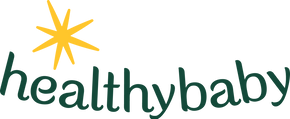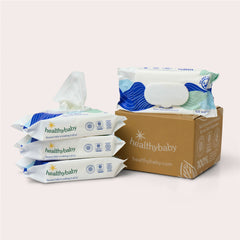Development isn’t a race. It’s a flow.
Every baby—and parent—is figuring it out at their own pace.
Instead of milestones, we encourage you to focus on this amazing moment.
Your baby’s brain makes more than one million neural connections per second in these first three years. Simple, consistent interactions with baby today can have profound, lifelong benefits.
Here’s how baby’s brain is developing this month, and how you can support their progress.
Developmental Highlight
Baby started babbling with hard consonant sounds back in month 7. Now, baby’s babbling is growing more fluent, with sounds and intonations that are closer to real words and speech patterns. This is known as jargoning, often defined as babbling with intent.
Back in month 3, you learned about parentese—a high-pitched, sing-song voice with elongated vowels that you can use to improve baby’s language acquisition. When you model jargoning, you’re advancing to the next level of parentese.
Mirror neurons allow baby to mimic the facial expressions they see and the rhythm and differentiation of language they hear, even if they can’t say the words yet. Right before your eyes—and ears—baby’s unlocking a new level of connection through jargoning. It won’t be long before they speak their first words!
Brain-Building Activity
Sing Along
Routine: Anytime
Baby learns through pattern recognition and repetition. Singing the same songs over and over helps them recognize words in a sea of sounds and notice familiar speech patterns. Imitation allows them to experiment with the skills necessary to form words and to get a sense of the agency that comes with language.
- Put on music and sing together. YouTube and Spotify have an extensive library of baby-appropriate songs.
- As you and baby sing, add hand and body movements to the beat. You can move baby’s hands and arms until they do it on their own and also model the movements yourself.
- Help baby “hear” language more by using a sing-song voice to narrate daily routines, leaving space for them to answer.
You’ve Got This
While babbling is about making sounds, jargoning involves the full music of language. Pay attention to the music of the language you use in daily life.
- Is it monotonous or sing-song?
- Serious or playful?
- How can modulations of your voice express a range of emotions and meaning?
When you pay attention to your own jargoning, you may find that you become a more effective communicator in your daily life with family, friends, neighbors, co-workers, and others.










